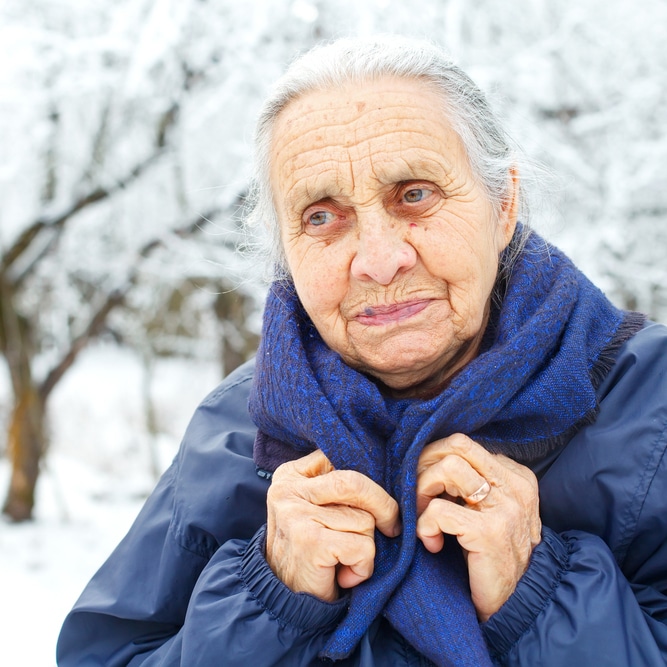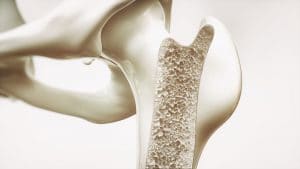
The cold weather is well and truly here. Here at London Bridge Orthopaedics, we saw snowfall for the first time in a very long time across the capital. But the cold weather also negatively affects many sufferers of Rheumatoid Arthritis.
There’s a common past time of older people having the power to tell the future, weather-wise. Despite it being a bright and sunny day, older people can predict that a storm is coming.
While this may surprise and delight their grandchildren (as I did when I was younger), this is the effect of the weather on arthritis, usually for the worse.
What Causes Weather-Based Pain Changes
As a science, biometeorology isn’t exactly clear on the causes of cold wintry weather and an increase of pain in arthritis-affected joints. However, there is certainly a correlation.
The most accepted reason isn’t due to the actual cold or wet weather, but, in fact, it’s the changes to the local climate that causes pain. People who live in colder climates will not feel any more pain because it is cold. Similar for residents of hot climates.
But for those whose climate change from one to the other will more likely feel more pain, these changes are down to barometric pressure (also known as atmospheric pressure). This is the pressure of the force that is exerted onto a surface by the atmosphere. When a storm starts to develop, this pressure drops.
When the pressure drops, tissues in the body may start to expand, due to less resistance to the atmosphere. As the tissues expand, it may add more pressure on nerves that are causing pain.
While people who do not suffer, arthritis do not notice pain, arthritis sufferers can tell the smallest changes of pressure, due to the inflammation and the sensitivity it causes.
Can I Move To a Warmer Climate?
There is some evidence that people who live in warmer and drier climates are less prone to arthritis pain, there is no environment anywhere that isn’t affected by barometric pressure.
Can I Prevent Arthritis Pain During Bad Weather?
Yes, you can. The simplest form is to ensure that you wrap up warm and wear loose layers when going outdoors. This includes gloves, hats, scarfs and waterproof boots.
It is also important to avoid hunkering down during the winter. When it is wintry outside, most people stay inside and avoid exercise. For arthritis sufferers, this will cause joints to become stiff and cause more pain. Ensure that you get an adequate amount of exercise, whether indoor or outside.
Just ensure that you keep moving, wear comfortable and cosy clothing and that should keep arthritis pain at bay.
For more orthopaedic information, follow London Bridge Orthopaedic on Twitter, Facebook and LinkedIn.









